Vila-rodona: The roots of the Camp
Be sure not to miss: the Cooperative Winery, the work of Cèsar Martinell, with the exhibition hall and the farm shop; the Columbarium, a Roman funerary monument, unique in the world; the Castle; the historical town centre; the museum; the shores of the Gaià; la Farga, and the old Convent dels Dolors.
Vila-rodona, la Vila, has always been related to wine and, now, to cava. The most important entity in the town is the Cooperative Winery of Vila-rodona, one of the largest cooperatives in the country. The original winery, designed by the architect Cèsar Martinell, is preserved and is right at the entrance to the town. You can go to the old wineries and visit a modest but attractive Wine Museum, and book a guided tour there. You will also find an excellent farm shop.
On the road to the Columbarium, you arrive at the Roman funerary monument, unique in the world for its architecture. The columbarium is related to the funerary religious rite of cremation. The bottom of the Vila-rodona Columbarium has a stylobate made of local stone and decorated with arches of seven bricks, each resting on rudimentary columns. This is the feature that makes this columbarium unique in the world. You can take a guided tour if you request it at the Town Hall. You can also take advantage of the events that are organised on the occasion of the Tàrraco Viva historical recreation festival.
On the highest part of the town, on a hill that dominates a wide terrace over the town and the Gaià river, is the castle, whose origin must be around the 11th and 12th centuries. It is currently privately owned.
Stroll through the town and make sure you see the old fish shop, located just outside the Plaza dels Arbres, a Modernist and Noucentisme building. The restored exterior has been painted in the style of the original modernist drawings. The parish church of Santa Maria is from the 18th century. The bell tower, 65 m high, is one of the tallest in Catalunya.
The Vila-rodona Museum is divided into several areas: the geology room, dedicated to the study of the terrain, with a collection of fossils from the area; the history room, reviewing the different stages of the Vila and its inhabitants; and finally a room that recreates the different municipal areas: the house, school, café and square.
At the end of the town, you will find the old Convent dels Dolors, now privately owned. It was a convent of the Order of Servites or Servants of Mary. Currently, the walls of the Sant Llorenç church remain standing. An almost unknown place is the Farga de Vila-rodona (BCIL), located next to the Gaià river, from the 13th century and which we know was in operation in the 16th century, from the documentation that remains. It is privately owned and currently hosts events.
In Vilardida, a town that Vila-rodona shares with Montferri, there is Cal Tudó, also known as the Castell de Vilardida.
The Gaià river and its surroundings make up an important natural and ecological landscape area of social value. Right at the entrance to the town is l'Albereda, a magnificent poplar forest included in the Natural Protected Space of Gaià. The poplar grove is part of the Camino de las Tierras del Riu Gaià, where you will find some information panels about the flora and fauna in the area.
Notícies relacionades
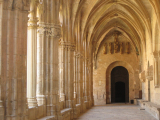





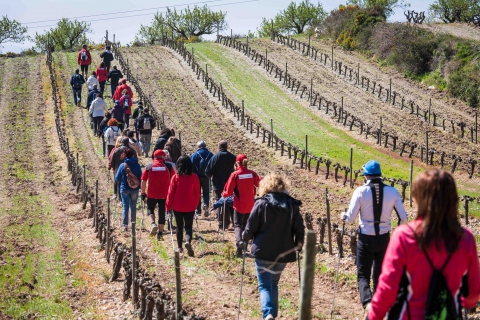
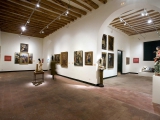
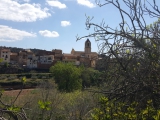
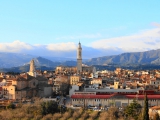
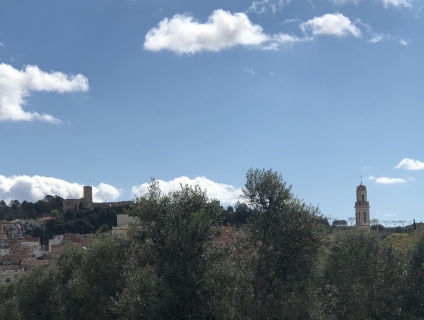
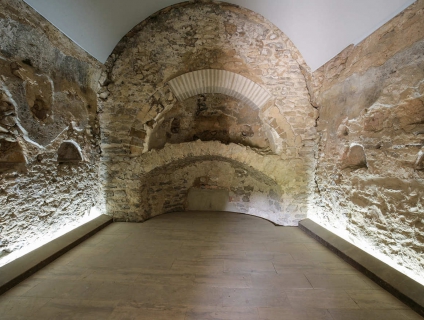
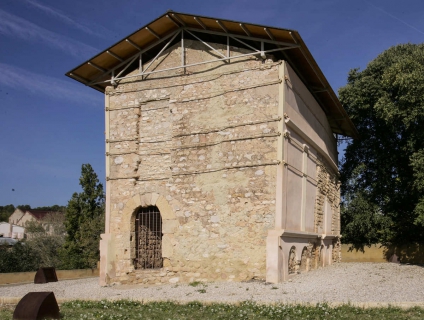
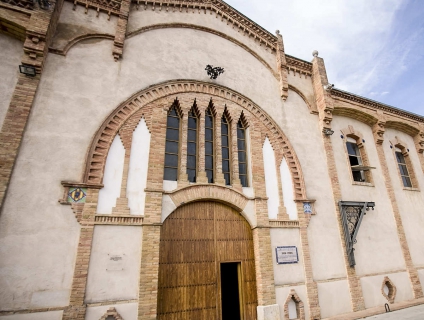
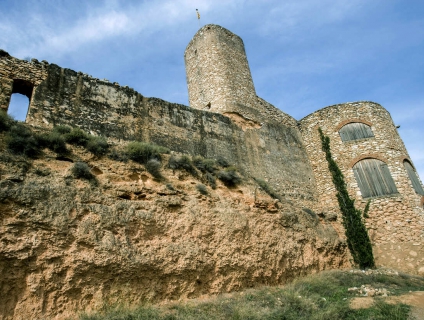
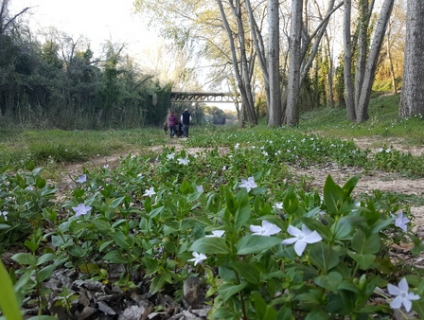
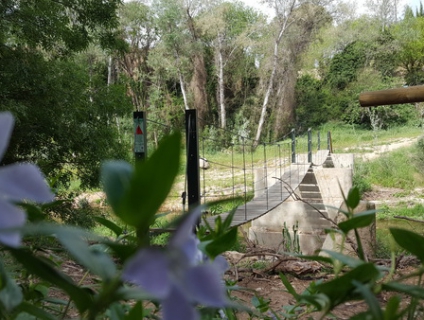
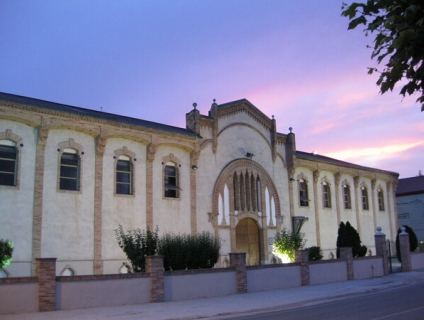
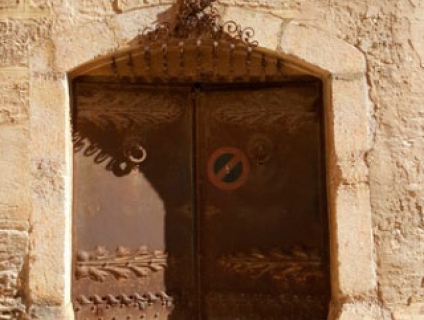
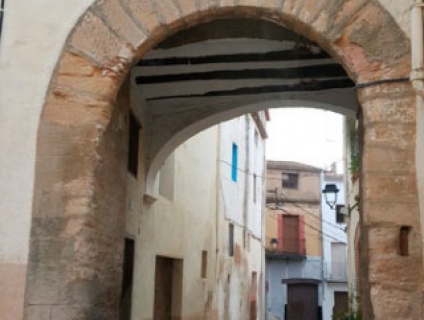

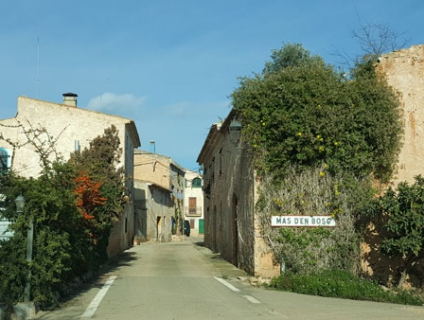













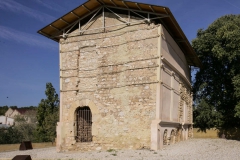



 Entorn Web · Àrea de Coneixement i Qualitat
Entorn Web · Àrea de Coneixement i Qualitat Oficina de Gestió de Turisme de l’Alt Camp
Oficina de Gestió de Turisme de l’Alt Camp






 turismealtcamp
turismealtcamp turismealtcamp
turismealtcamp turismealtcamp
turismealtcamp